Your business inventory and order data sync when the warehouse management system and NetSuite ERP are integrated. This creates a smooth data flow from order placement to fulfilment. You get seamless visibility across your finances and entire supply chain operations.
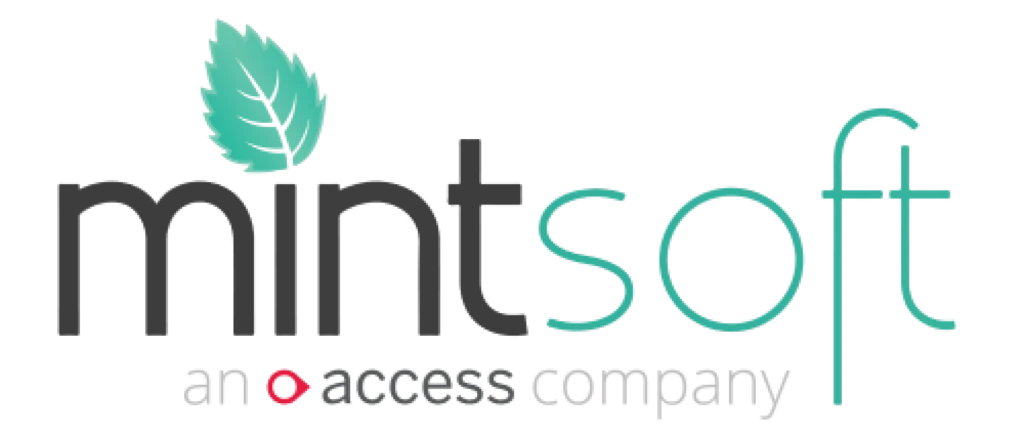
Our connector integrates your coffee roasting, inventory, and quality management with the NetSuite ERP so you get improved transfer orders and purchase data. This brings workflow automation, and you get a clear picture of your stock, including raw materials, finished goods, and production.








Without order and warehouse management systems working together, handling orders becomes a messy and confusing process. This affects how fast you ship, how accurate your inventory is, and how happy your customers feel. From small e-commerce businesses to large warehouses, the lack of these systems leads to mistakes, delays, and added costs.
Let’s look at the main challenges this causes and how integrating order and warehouse management systems with NetSuite can solve them.
When order, inventory, and customer data are in different systems, it leads to data silos. Teams cannot rely on what they see, as records are not in sync in real-time. This creates duplicate entries, inconsistent information, and inaccurate reporting.
Without a warehouse management system (WMS), companies are bound to use spreadsheets and paper files to manage stock. This creates inefficient data and results in stockouts, overstocking, and misplaced/lost items. With no real-time visibility, fast shipment, or sending out correct orders is impossible, which impacts sales and customer trust.
When systems are not integrated, the sales-to-fulfillment process does not move smoothly. Manual processes cause bottlenecks like pick and pack mistakes and delayed shipments. When inventory is not updated in real-time, overselling or stockouts prevail. This causes upset customers and a high rate of return orders.
Everyone knows that manual operations take a lot of time and effort. It becomes frustrating when teams are asked to redo tasks and correct mistakes manually. If your system is not integrated with a WMS, simple tasks like order packing, planning efficient picking routes, and timely shipment add to the total cost of business.
Every system has a different working process. If your OMS, WMS, and ERP, like NetSuite, are not integrated, your business operations will be in total chaos. Warehouse teams will be overburdened with manually managing the warehouse stock. This results in inaccurate stock count, mismatched data, not enough inventory, and a lack of financial visibility.
With AI solutions and automated software, customers expect a smooth and fuss-free online shopping experience. They want an accurate order status from both the business and the shipment partner. Without integrated systems, order tracking becomes impossible for both the customer and the business itself. With each delay, customer loyalty and satisfaction plummets.
Manual labor and manual systems are not made to work in parallel with increased order volumes. At some point, your business will have to switch to an automated system. The most accurate example is getting bulk orders during the holiday season or flash sales. Demand for labor also increases. Still, most orders get misplaced or lost in transition during these peak sales times.
Without a connected system, tracking lot numbers, expiration dates, or recall data becomes very complex. The same goes for tracking energy use and waste management. Because of this, businesses risk falling short on regulatory requirements or sustainability targets.
If you’re running an operation that handles inventory, order fulfillment, or multi-channel sales, you already know how fast things can spiral without the right systems in place. Integrating NetSuite ERP with your order and warehouse management systems isn’t just a tech upgrade, but it’s a strategic step that gives you real-time control over inventory and fulfillment operations.
Here are some of the benefits of integrating your NetSuite ERP with trading partner networks:
It eliminates stock guesswork. With NetSuite and WMS integration, your inventory levels update automatically across warehouses and channels. This prevents overselling, supports accurate demand forecasting, and gives operations teams a single source of truth, anytime, anywhere.
Every pick, pack, and ship action triggers real-time accounting entries in NetSuite. This makes sure accurate COGS, real-time revenue recognition, and inventory valuation, all tied directly to your general ledger. Your finance team gets full transactional transparency without extra manual input.
Orders move from placement to fulfillment to invoicing without delays. Once an order is picked and packed, shipping data and tracking info flow back into NetSuite automatically. This compresses cycle times and improves cash conversion speed.
Sales and support teams no longer chase updates. They get real-time access to stock availability, shipping status, and delivery confirmation, all from within NetSuite. This drives fewer escalations and a more consistent customer experience across all touchpoints.
With financials, fulfillment, and inventory data in one system, leadership can drill into performance metrics by SKU, channel, region, or customer. You can identify slow-moving stock, optimize warehouse efficiency, and uncover margin leaks, all from a NetSuite dashboard.
With Folio3 as your ERP integration partner, you get industrial-strength 35+ pre-built and fully connect your NetSuite ERP to the tech apps your business relies on and teams love to use.
If you are looking for an order and warehouse management connector, we offer smooth and hassle-free integration of NetSuite with Mintsoft, Cropster, and any other software, so you can track your business’s inventory and order fulfillment without any worry.
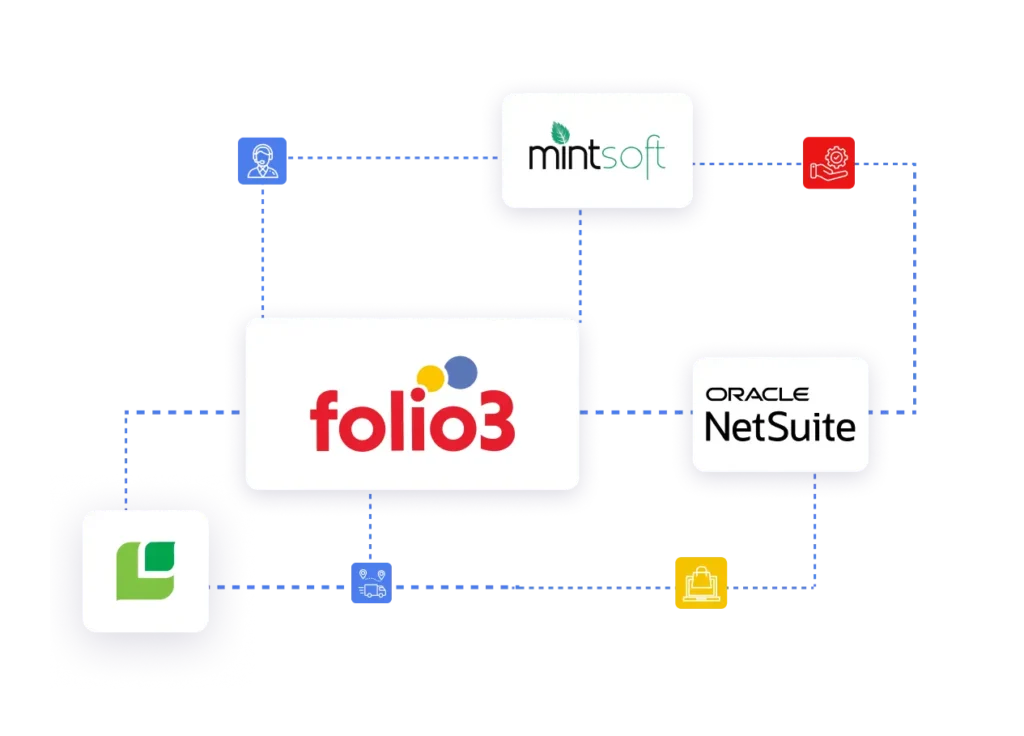
Folio3 unified connector simplifies the connection between NetSuite and your order and warehouse management systems, ensuring easy data flow and accurate updates for all orders and inventory. Our connectors are dependable, and secure, giving you confidence that your order and stock information is always accurate and current.
Easily sync sales orders and cash sales between external systems and NetSuite, and ensure data accuracy across platforms.
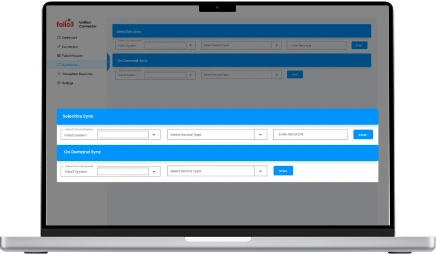
Monitors the success and failure of data syncs between NetSuite and warehouse systems, ensuring order and inventory information is accurate and reducing the risk of problems in warehouse operations.


Custom integration is complex, as we have to integrate preferred WMS/OMS with customer-specific pricing, currency support, and advanced order management.
We provide initial setup and configuration of the chosen connector to link NetSuite with your warehouse management system (e.g., Mintsoft, Cropster).
The volume of product, order, and customer data needs synchronization between NetSuite and WMS/OMS.
We test the connector and make adjustments so the data flow between systems is smooth and any issues get resolved before final integration.
You get unique WMS/OMS functionalities, including inventory tracking, warehouse automation, compliance, and stock audit.
We do the final integration review, troubleshoot issues, and provide post-launch support to address user concerns.
NetSuite Order Management is a comprehensive system that tracks orders from initial customer request through final delivery. It automates order processing, manages inventory allocation, handles pricing and promotions, and coordinates fulfillment across multiple channels. You can dive deeper into this topic in our blog on maximizing efficiency with NetSuite’s Order Management.
Real-time synchronization uses APIs to instantly update inventory levels across all connected systems whenever stock changes occur. This prevents overselling, reduces stockouts, and keeps data aligned. ShipCentral in NetSuite is one such feature that boosts real-time fulfillment efficiency and inventory control.
NetSuite centralizes orders from all sales channels: online stores, marketplaces, and retail locations. It automatically routes orders to the optimal fulfillment location. It simplifies returns and refunds too.
Integration dramatically improves both speed and accuracy as it removes manual input and automates workflow. This shortens the quote-to-cash cycle significantly. Learn how we use AI to accelerate this in our post on seamless order-to-cash with NetSuite Prompt AI.
Businesses can track metrics like order fulfillment speed, error rates, inventory turns, and operational costs. A good place to start is by understanding the order-to-cash process in NetSuite and benchmarking pre- and post-integration metrics. Folio3 helps establish baseline metrics before integration so you can track performance improvements in the upcoming months.
NetSuite WMS automates inventory tracking, optimizes picking routes, and manages storage locations efficiently. It uses barcode scanning and mobile devices to ensure real-time visibility into stock levels. The system also optimizes space utilization and automates replenishment processes. For an end-to-end visibility into your WMS system, you can explore our connectors.
Connectors offer automated data syncing, multi-location inventory visibility, order routing, and shipment tracking. Learn how Folio3’s NetSuite Order & Warehouse Management Connectors support advanced workflows and flexible integration mapping across fulfillment platforms.
Data migration is done by extracting data from legacy systems. It is then cleaned and transformed before careful validation and testing. At Folio3, we use proven migration tools and methodologies to ensure accurate, complete data transfer.
Secure API connections, encryption, role-based access, and real-time monitoring are essential. These are particularly important when working with customized flows, such as setting custom addresses in sales orders via SuiteScript. Folio3 prioritizes security in all integrations, implementing enterprise-grade security measures.
APIs serve as the communication bridge between NetSuite and warehouse systems. APIs power workflow automation, real-time sync, and custom logic in integrations. If you’re configuring workflows, Advanced Order Management in NetSuite (Part I) is a great technical overview to help you get started. Folio3 utilizes NetSuite’s robust API framework to create highly customized integrations that perfectly match your unique business processes so you can improve performance standards.

© 2025, Folio3 Software Inc. All rights reserved.